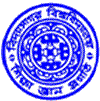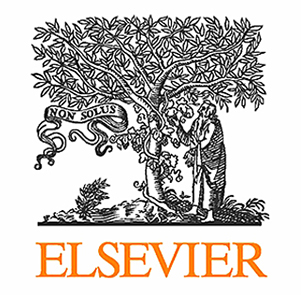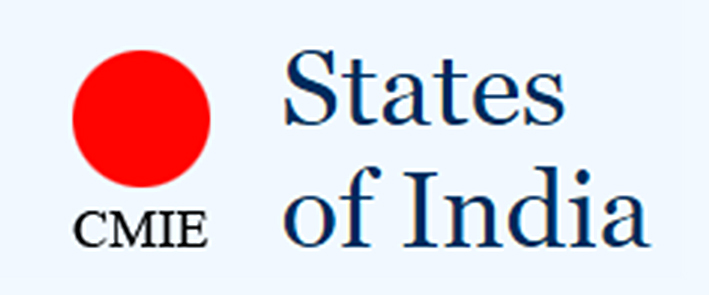Gandhian nonviolent struggle and untouchability in South India : the 1924-25 Vykom Satyagraha and the mechanisms of change / Mary Elizabeth King.
By: King, Mary E [author.].
Material type: TextPublisher: New Delhi: Oxford University Press, 2015Edition: 1st ed.Description: xxi, 344 p.: 23 cm.Content type: text Media type: unmediated Carrier type: volumeISBN: 9780199452668:.Subject(s): GANDHI, MAHATMA, 1869-1948 | PASSIVE RESISTANCE -- INDIA -- TRAVANCORE (PRINCELY STATE) -- HISTORY -- 20th CENTURY | NONVIOLENCE -- INDIA -- TRAVANCORE (PRINCELY STATE) -- HISTORY -- 20th CENTURY | CASTE -- INDIA -- HISTORY -- 20th CENTURY | DALITS -- INDIA -- HISTORY -- 20th CENTURY | TRAVANCORE (PRINCELY STATE) -- POLITICS AND GOVERNMENT -- 20th CENTURY | TRAVANCORE (PRINCELY STATE) -- SOCIAL LIFE AND CUSTOMS -- 20th CENTURYDDC classification: 954.0357 Online resources: Contributor biographical information | Publisher description | Table of contents only Summary: Through an analysis of the twenty-month long Gandhian Satyagraha (non-violent resistance) against untouchability at Vykom, Kerala, in the mid-1920s, this book explores new approaches to the understanding and practice of non-violence as a means of civil protest. Contesting the notion that the movement was directed at the 'conversion' of upper castes to accommodate the lower sections of the society, the author argues that it was modern India's first important social struggle whereby people took action to protest the caste system and the practice of untouchability. The role of Gandhi and the dilemmas that he faced are interlaced with analysis of the stages of the Satyagraha. The author also broadens the scope to analyse the impact of Vykom on the concept and workings of civil resistance on a global level. With an examination of archival sources, newspapers and oral narratives, this work reconstructs the history of colonial Travancore, and placing the Vykom Satyagraha in this context, traces the dynamics of civil resistance during this movement.
TextPublisher: New Delhi: Oxford University Press, 2015Edition: 1st ed.Description: xxi, 344 p.: 23 cm.Content type: text Media type: unmediated Carrier type: volumeISBN: 9780199452668:.Subject(s): GANDHI, MAHATMA, 1869-1948 | PASSIVE RESISTANCE -- INDIA -- TRAVANCORE (PRINCELY STATE) -- HISTORY -- 20th CENTURY | NONVIOLENCE -- INDIA -- TRAVANCORE (PRINCELY STATE) -- HISTORY -- 20th CENTURY | CASTE -- INDIA -- HISTORY -- 20th CENTURY | DALITS -- INDIA -- HISTORY -- 20th CENTURY | TRAVANCORE (PRINCELY STATE) -- POLITICS AND GOVERNMENT -- 20th CENTURY | TRAVANCORE (PRINCELY STATE) -- SOCIAL LIFE AND CUSTOMS -- 20th CENTURYDDC classification: 954.0357 Online resources: Contributor biographical information | Publisher description | Table of contents only Summary: Through an analysis of the twenty-month long Gandhian Satyagraha (non-violent resistance) against untouchability at Vykom, Kerala, in the mid-1920s, this book explores new approaches to the understanding and practice of non-violence as a means of civil protest. Contesting the notion that the movement was directed at the 'conversion' of upper castes to accommodate the lower sections of the society, the author argues that it was modern India's first important social struggle whereby people took action to protest the caste system and the practice of untouchability. The role of Gandhi and the dilemmas that he faced are interlaced with analysis of the stages of the Satyagraha. The author also broadens the scope to analyse the impact of Vykom on the concept and workings of civil resistance on a global level. With an examination of archival sources, newspapers and oral narratives, this work reconstructs the history of colonial Travancore, and placing the Vykom Satyagraha in this context, traces the dynamics of civil resistance during this movement.
| Item type | Current location | Call number | Status | Notes | Date due | Barcode |
|---|---|---|---|---|---|---|
 Books
Books
|
Central Library Library Annex (Ground Floor) | 954.0357 KIN/G (Browse shelf) | Available | 3331 | 110848 |
Includes bibliographical references (pages 316-322) and index.
Through an analysis of the twenty-month long Gandhian Satyagraha (non-violent resistance) against untouchability at Vykom, Kerala, in the mid-1920s, this book explores new approaches to the understanding and practice of non-violence as a means of civil protest. Contesting the notion that the movement was directed at the 'conversion' of upper castes to accommodate the lower sections of the society, the author argues that it was modern India's first important social struggle whereby people took action to protest the caste system and the practice of untouchability. The role of Gandhi and the dilemmas that he faced are interlaced with analysis of the stages of the Satyagraha. The author also broadens the scope to analyse the impact of Vykom on the concept and workings of civil resistance on a global level. With an examination of archival sources, newspapers and oral narratives, this work reconstructs the history of colonial Travancore, and placing the Vykom Satyagraha in this context, traces the dynamics of civil resistance during this movement.
























There are no comments for this item.